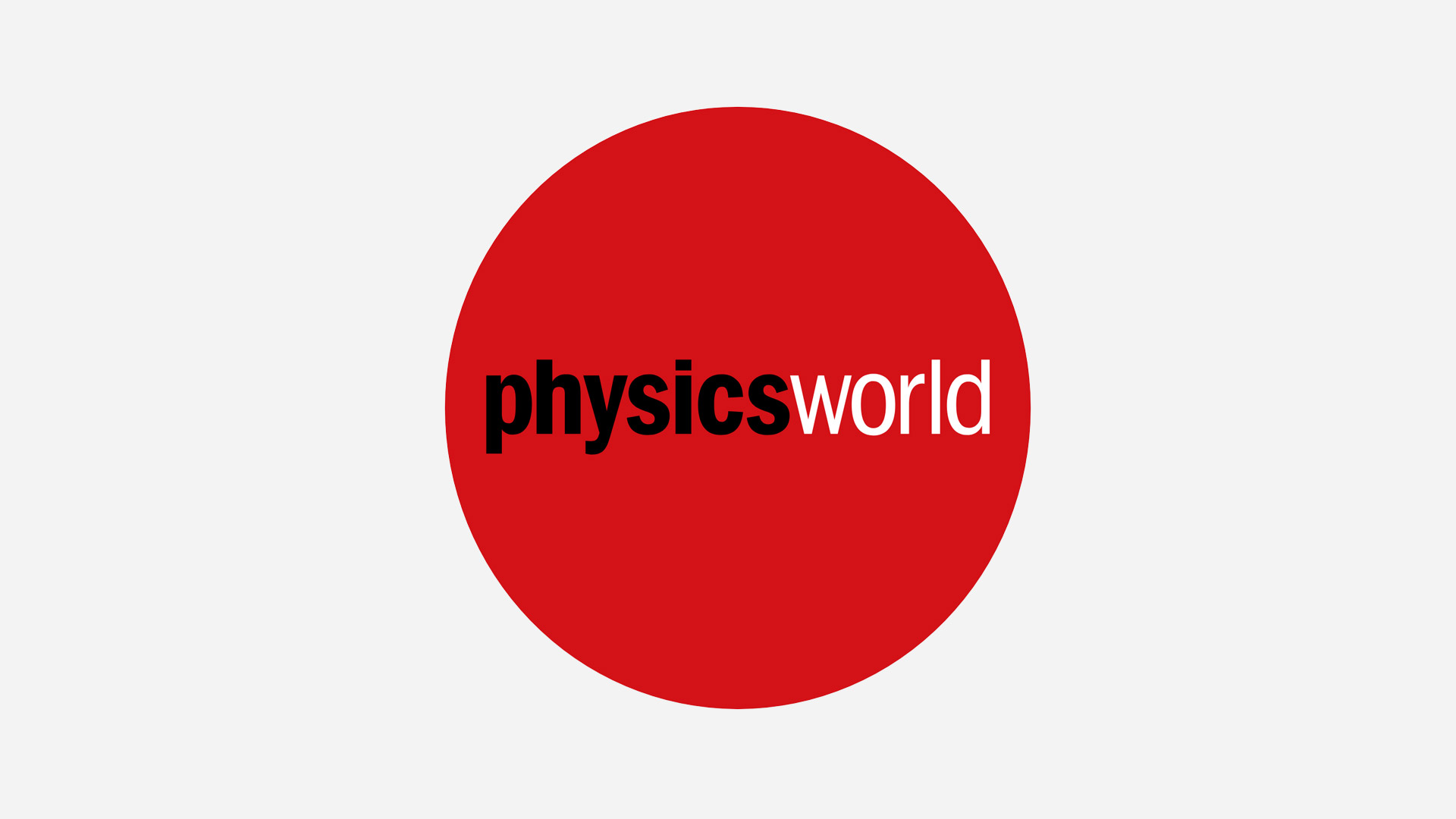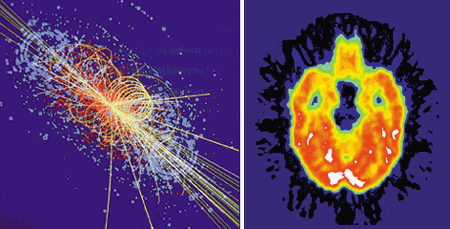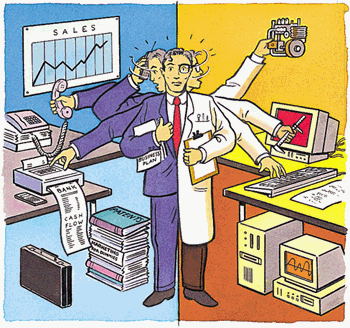
Slingshot test for general relativity
The gravitational pull on a spacecraft could be the best test yet of relativity
Thank you for registering with Physics World
If you'd like to change your details at any time, please visit My account

The gravitational pull on a spacecraft could be the best test yet of relativity
 Read article: Laser jocks reach the big time
Read article: Laser jocks reach the big time
Optoelectronics is flourishing in Scotland with new firms spinning off from local universities every month. Valerie Jamieson finds out why it is boom time for the region
 Read article: Particles for profits
Read article: Particles for profits
Technology transfer is alive and kicking in the high-energy physics community and has led to a wealth of applications in industry and medicine, as Valerie Jamieson discovers

Now Troy Stevens and co-workers at the University of Michigan in the US and the Max Planck Institute of Solid State Physics in Stuttgart, Germany, have shown that Cerenkov radiation can also be emitted by electric dipoles moving slower than the speed of light (T Stevens et al. 2001 Science 291 627). In their recent […]

Now a team of nuclear physicists in the US, led by Krzysztof Starosta of the State University of New York at Stony Brook, has found the first evidence for the chirality of atomic nuclei (Phys. Rev. Lett. 2001 86 971). Pasteur may have discovered chirality over 150 years ago, but Rod Clark of the Nuclear […]

Now Ahmed Zewail and co-workers at the California Institute of Technology have developed a method of ultrafast electron diffraction that can resolve both the structure of a molecule and its dynamics during a chemical reaction in far greater detail (H Ihee et al. 2001 Science 291 458). The group now plans to investigate the structural […]

English-language versions, where they exist, are given in brackets. 1 Eine Kurze Geschichte der Zeit (Buy: Amazon.de) (A Brief History of Time) Stephen Hawking (Rowohlt) 2 Im Hyperraum (Buy: Amazon.de) (In Hyperspace) Michio Kaku (Rowohlt) 3 Kosmos Himmelsjahr 2001 (Buy: Amazon.de) Hans-Ulrich Keller (Kosmos) 4 Einsteins Traum (Buy: Amazon.de) (Black Holes and Baby Universes and […]
 Read article: What it’s like to be in business
Read article: What it’s like to be in business
Bob Claridge explains what skills you require to succeed as a physicist in the hard-nosed world of business

Astronomers have long known that an isolated gravitational system, such as a star, has a negative heat capacity: when energy is added it expands and cools. Now Hellmut Haberland and co-workers at the University of Freiburg in Germany have demonstrated a more down-to-earth example. Recently they have shown that an isolated cluster of 147 sodium […]
 Read article: New metallic superconductor makes an immediate impact
Read article: New metallic superconductor makes an immediate impact
Superconductivity – the complete loss of electrical resistance in certain metals when cooled to low temperatures – continues to hold surprises. Hot on the heels of the discovery of charge-induced superconductivity at 50 K on the surface of carbon-60 molecules late last year comes the discovery of bulk superconductivity at temperatures approaching 40 K in magnesium diboride. […]